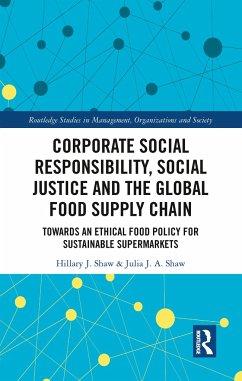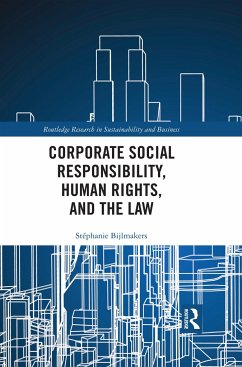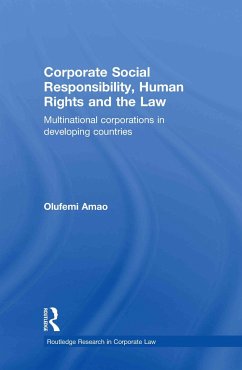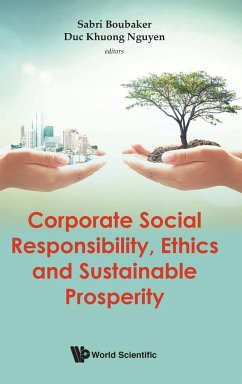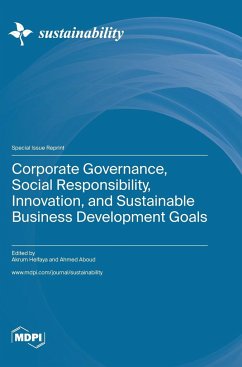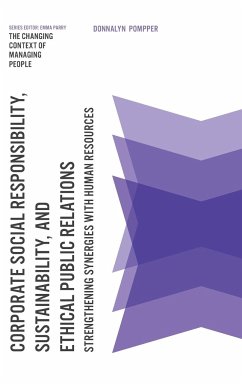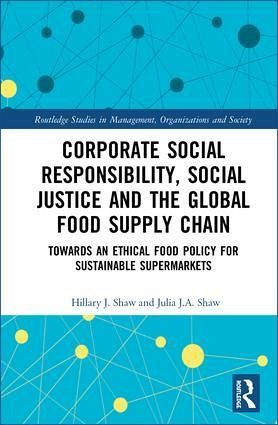
Corporate Social Responsibility, Social Justice and the Global Food Supply Chain
Towards an Ethical Food Policy for Sustainable Supermarkets
Versandkostenfrei!
Versandfertig in 1-2 Wochen
167,99 €
inkl. MwSt.
Weitere Ausgaben:

PAYBACK Punkte
84 °P sammeln!
CSR, Social Justice and the Global Food Supply Chain provides a comprehensive and interdisciplinary response to calls for reform in relation to social and environmental justice, and proposes an alternative approach to current CSR initiatives.




